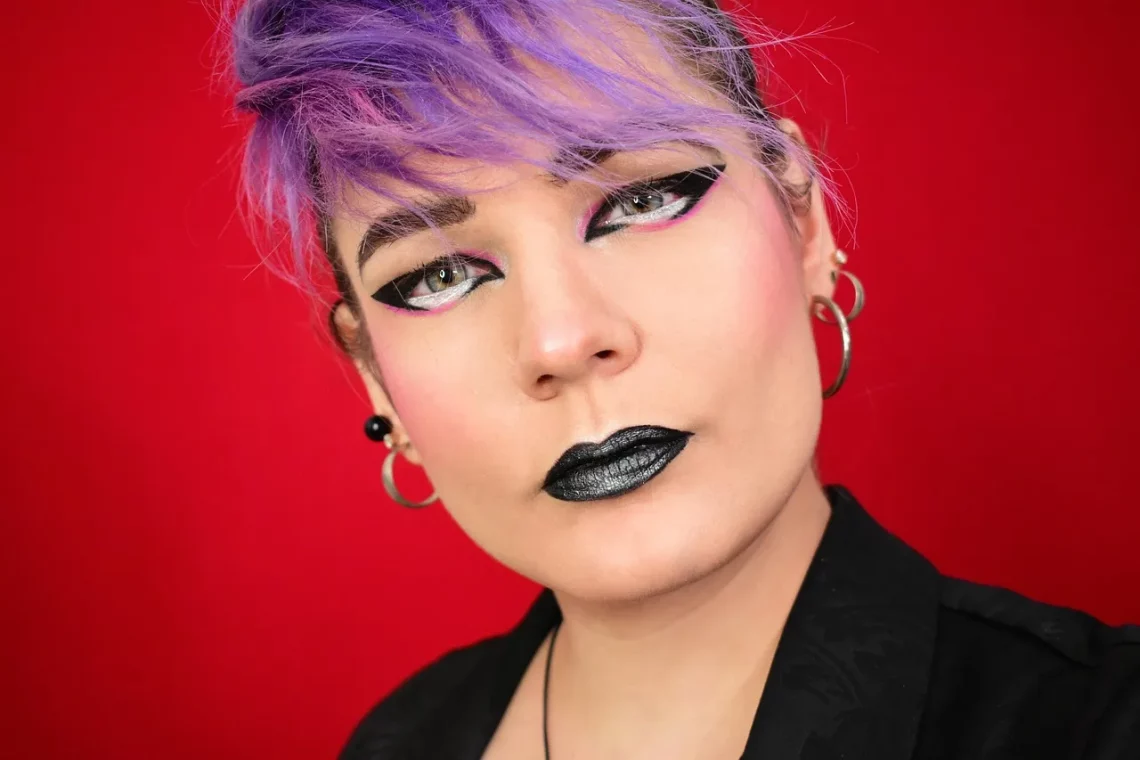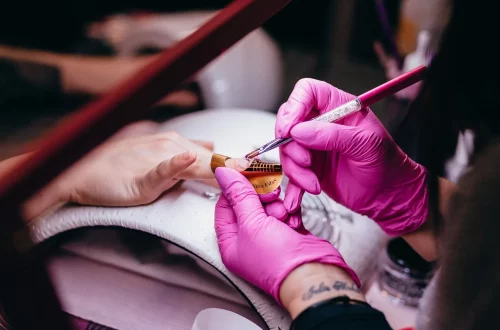
Exploring Different Types of Face Piercings and Their Unique Styles
Body piercings have long been a form of self-expression, with face piercings standing out as one of the most visually striking and culturally significant forms. Each type of facial piercing carries its own unique style, cultural implications, and personal meanings. From the classic nostril piercing to the more avant-garde septum or eyebrow piercings, the world of facial adornments is vast and diverse. As trends evolve, individuals are increasingly using these piercings to showcase their personality, creativity, and sometimes even their beliefs.
Face piercings are not merely about aesthetics; they often reflect deeper social and cultural narratives. Many cultures have used facial piercings for centuries as rites of passage, symbols of status, or marks of beauty. In modern contexts, these piercings can blur the lines between traditional and contemporary styles, allowing for a fusion of various influences. As you explore the different types of face piercings, it becomes evident that each option offers its own vibe and style, catering to a wide audience. Whether you are considering your first piercing or looking to expand your collection, the journey through face piercings is as fascinating as it is personal.
The Classic Nostril Piercing
The nostril piercing is perhaps the most recognizable and widely accepted form of facial piercing. Its origins can be traced back to ancient cultures, where it held significant meanings in various societies. In India, for example, nostril piercings are often associated with marital status and are traditionally done on the left side, reflecting cultural practices. Meanwhile, in Western cultures, the nostril piercing has become a fashion statement embraced by people of all ages.
One of the reasons for the popularity of nostril piercings is their versatility. They can accommodate a wide range of jewelry styles, from minimalist studs to more elaborate hoops. This adaptability allows individuals to express their personalities through their choice of adornment. For those who prefer subtle elegance, a simple gold or silver stud can enhance their natural beauty without overwhelming their features. Conversely, a vibrant gemstone or a bold hoop can make a striking statement.
Healing times for nostril piercings typically range from two to four months, depending on individual factors such as aftercare practices and body chemistry. It is crucial to follow proper aftercare instructions to ensure a smooth healing process and to minimize the risk of infection. This may include avoiding touching the piercing with dirty hands, using saline solutions for cleaning, and steering clear of harsh chemicals.
Moreover, nostril piercings can be easily hidden or revealed depending on the wearer’s preferences, making them suitable for various professional settings. This duality is part of what makes them so appealing; they can transition seamlessly from a corporate environment to a night out with friends.
The Allure of Septum Piercings
Septum piercings have surged in popularity over the past few years, becoming a staple in alternative fashion scenes. Located in the cartilage that separates the nostrils, septum piercings offer a unique canvas for expression. Unlike other facial piercings, they are often viewed as edgy and bold, appealing to those who want to make a statement.
Jewelry options for septum piercings are diverse, ranging from simple circular barbells to intricate septum clickers adorned with gemstones or decorative designs. This variety allows individuals to curate a look that resonates with their personal style. Some may opt for a more understated approach, while others may choose elaborate pieces that draw attention and spark conversation.
One of the most attractive features of septum piercings is their relative ease of concealment. Many people appreciate the ability to flip the jewelry up inside the nose, rendering the piercing nearly invisible when necessary. This makes septum piercings an appealing option for those who want to maintain a professional appearance while still expressing their individuality.
Healing for septum piercings usually takes around six to eight weeks, and proper aftercare is essential to avoid complications. It is advisable to consult with a professional piercer regarding the best practices for cleaning and maintaining the piercing during the healing process.
Culturally, septum piercings have historical significance in various indigenous communities, often symbolizing strength and courage. Today, they continue to be embraced by people from all walks of life, celebrating the diversity and richness of personal expression through body art.
Eyebrow piercings have long been associated with alternative subcultures, making them a popular choice for those who want to stand out. Positioned above the eye, this type of piercing can draw attention to the face and accentuate the eyes, making it an appealing option for many.
Eyebrow piercings can be worn in various styles, from a single piercing to multiple piercings along the brow. Jewelry choices range from simple barbells to more decorative options, such as beads and gemstones, allowing for personal flair. This adaptability enables individuals to craft a look that aligns with their unique aesthetic, whether they prefer a sleek, minimalist style or something more flamboyant.
The healing process for eyebrow piercings typically lasts around eight to twelve weeks. During this time, proper care is crucial to prevent irritation and promote healing. Aftercare may involve regular cleaning with saline solutions and avoiding the use of harsh cosmetics near the area. Because eyebrow piercings can be more prone to irritation from movement and facial expressions, it’s essential to be mindful of how the piercing interacts with daily activities.
In terms of cultural significance, eyebrow piercings have been embraced by various subcultures, including punk and goth movements. They are often seen as symbols of rebellion and individuality, making them popular among those who wish to challenge societal norms.
Chin Piercings: An Emerging Trend
Chin piercings, though less common than other facial piercings, are gaining traction among enthusiasts of body art. Positioned on the chin area, this piercing can provide a striking focal point that draws attention to the lower part of the face.
One of the appealing aspects of chin piercings is their ability to enhance facial symmetry. Many people choose this piercing to balance features or to highlight their jawline. Jewelry options for chin piercings can vary from simple studs to more intricate designs, allowing wearers to express their personality in a distinctive way.
Healing times for chin piercings generally range from two to three months, but proper care is essential to avoid complications. It’s important to keep the area clean and free from irritation, especially since chin piercings can be affected by activities such as eating or sleeping.
Culturally, chin piercings may not have the same historical significance as nostril or septum piercings, but they are becoming increasingly recognized as a contemporary form of self-expression. As trends evolve, chin piercings are carving out a niche in the world of facial adornments, appealing to those looking for something unique.
In conclusion, face piercings offer a rich tapestry of styles and meanings, allowing individuals to express their identity in various ways. From the classic nostril piercing to the emerging trend of chin piercings, each option is imbued with its own cultural significance and aesthetic appeal. As you explore the world of facial piercings, remember that the most important aspect is choosing what resonates with you and aligns with your personal style.
**Disclaimer**: This article is not intended as medical advice. For any health-related concerns or questions, please consult a qualified healthcare professional.




